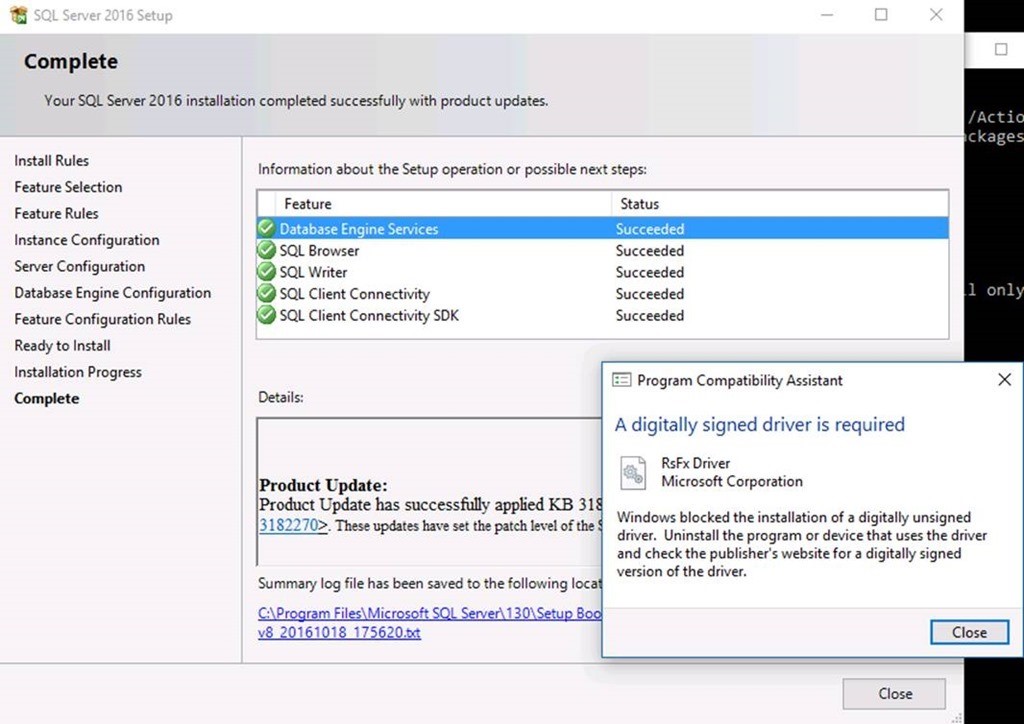
- #Sql server 2016 express cumulative updates install
- #Sql server 2016 express cumulative updates full
If you’re running Availability Groups with three replicas and a logshipping subscriber in production, you need the same topology in pre-production/staging. We had a configuration issue that we only found in production because we didn’t have any clusters outside of production.Īt least, we didn’t before that incident. I learned that back when I applied a Service Pack to a production cluster, and then found it wouldn’t come online when I tried to fail it over. Test Failovers (if You’re Using High Availability) Just be consistent and know what normal times are. You may choose to normally run your benchmark at a lower level while running index maintenance, and that’s totally fine – a benchmark that hammers the staging server to its limits hopefully doesn’t mimic your production environment. Most benchmark workloads can run at different levels. Don’t run it all at the same time, run it serially. Similar to backups, you want to put all your maintenance through its paces. Test Index Maintenance and CHECKDB (Yep, While the Benchmark is Running)

That’s OK, just make sure you track what’s normal for the environment, so you can tell if it got significantly slower. Don’t let this be a nasty surprise you only learn about in production.īackups in your staging environment may be normally slower than backups in production.
#Sql server 2016 express cumulative updates full
This one is super easy to forget, because most people don’t run backups outside of production.īut don’t forget testing full and log backups while activity is running! Yep, Service Packs and cumulative updates can break those, or significantly change performance on them. Test Backups, While the Benchmark Is Running Use kerberos in prod? Use it in staging.Ģ. Your security setup/ authentication should mimic what you use in production.If a database on the production instance uses Transparent Data Encryption, a database on your benchmark server should, too (it impacts tempdb for all databases).If production uses in-memory tables, your benchmark should use it.Whatever you choose, implement it in a way that mimics your production environment as much as possible. There are a lot of options – Michael Swart gives a great run down here. If that’s not possible for you to set up, you need some sort of tool to generate concurrent activity. You also want the hardware and storage to be as similar as possible. Ideally, you want this to be representative activity for your real, production applications, run from multiple application servers.
#Sql server 2016 express cumulative updates install
Install the cumulative update into a non-production environment (prod test or staging) and run application activity against it. Whenever you have a performance issue, it’s extra work to figure out if your problem is fixed in the releases you haven’t installed yet.ĭon’t be cynical about Service Packs and Cumulative Updates. You end up way behind on the release cycle. Some folks are in the habit of waiting for a while after a Service Pack is released to see if issues arise or if the Service Pack gets patched. You Should Still Be Installing Cumulative Updates Microsoft tests the releases, but you need to test them, too. Something may break in your environment after you install a Service Pack or cumulative update.


Cumulative Update 16 for SQL Server 2016 SP2


 0 kommentar(er)
0 kommentar(er)
